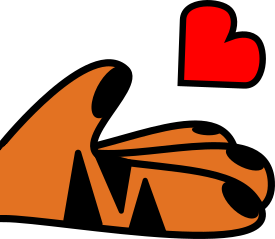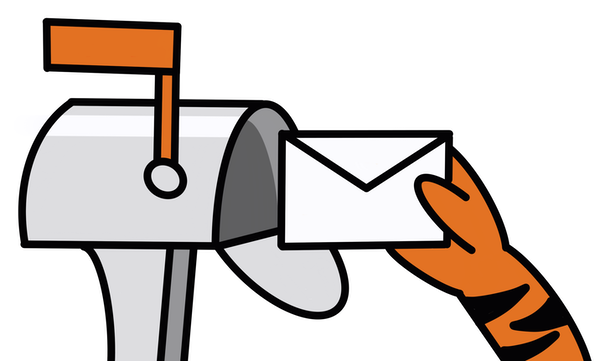More than 3,000 minority patients in the United States are currently in need of a bone marrow donation, according to Moazzam Kahan, the director of donator recruitment for the South Asian Marrow Association of Recruiters.
But the odds are not stacked in their favor. A potential marrow donor has a chance of less than one in 20,000 of being an acceptable match for a patient of the same race in need of marrow.
And of the four million volunteer marrow donors nationwide, only 31 percent are minorities. At the bottom of that list are South Asians, who make up .9 percent of all bone marrow donators.
To help counter the statistics, Princeton hosted a minority marrow drive yesterday, organized by Jason Ku '02 with the help of the SAMAR.
Ku said he was inspired to coordinate the marrow drive because his friend Sunit Jariwalla, a senior at Rutgers, held a drive last week in New Brunswick.
Ku realized that "there is a big shortage of minorities in the national database [for marrow donation]," and decided to host a drive at Princeton.
From about 11 a.m. to 9 p.m. yesterday, University students, faculty and staff ages 18 to 60 were invited to the multi-purpose room of the Frist Campus Center to fill out a brief survey on their personal health and then have a few teaspoons of blood taken for testing. The entire process generally took between 10 and 15 minutes.
As students trickled in and out, both Kahan and Ku noted that only a few hours into the drive, about 30 to 40 students had already donated blood — the first step in becoming candidates for marrow donations.

Kahan said he anticipated having about 100 possible donors by the end of the drive.
Several students planned ahead of time to volunteer to be donors. "If it can save someone's life, I don't want to know that I could save someone's life and I didn't," Yuvon Mobley '04 said.
Not all students decided in advance to contribute, however. Several student volunteers patrolled Frist wearing SAMAR T-shirts and carrying flyers to recruit potential donators.
"I was standing in line . . . at Frist and someone came around with a form asking people to donate," Kavitha Krishnamurthy '03 said.

According to Kahan, the blood collected yesterday will be tested by the National Marrow Donation Program for the human leucocyte antigen, a protein used in determining tissue type.
The HLA test will indicate whether the donor is a match for a patient in need. If there is a match, the NMDP will contact the prospective donor again and collect more blood for a more comprehensive test to confirm genetic compatibility.
After that test, if again the donor is found to match a patient, that donor will be asked to go to a "network hospital" to donate some marrow from the hip bone.
The quantity of marrow donated — between 3 and 5 percent of the donor's total supply — will regenerate itself in the donor's body within three to four weeks, according to Kahan.
Kahan said he views the term "marrow donation" as a misnomer. "They should call it 'marrow lending,' " he noted.
While there are network hospitals all over the country, the only transplant center in New Jersey is Hackensack Medical Center, according to SAMAR president Rafiya Peerbhoy Kahan, who is Moazzam Kahan's wife.
The U.S. Congress made additional funding available to finance gathering marrow for minorities. The donation process generally costs $85 per individual.
Moazzam Kahan said the donating process requires no surgery because it is done with a needle and the donor is under general anesthesia. There is no pain, he said, except perhaps some mild soreness.
Though the chances of being a perfect match with a patient are extremely slim, the students donating their time and blood said they realize the importance of their contributions.
"You try to put yourself in someone else's position and I think I would want someone to donate if [someone I loved or I needed a transplant]," Krishnamurthy said.
Mikaela Tyson '04 agreed. "The idea that a few cells from my bones can save someone's life is mind-boggling," she said. "By giving a little blood, all I am doing is agreeing to be tested to see if I am a potential life-giver."







